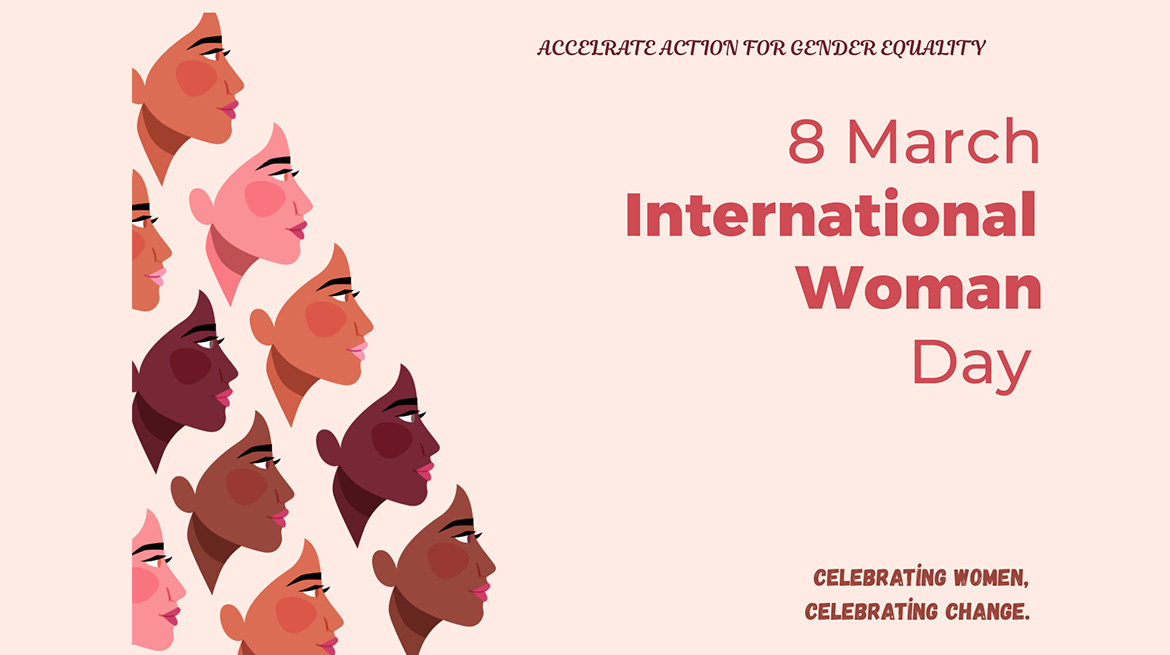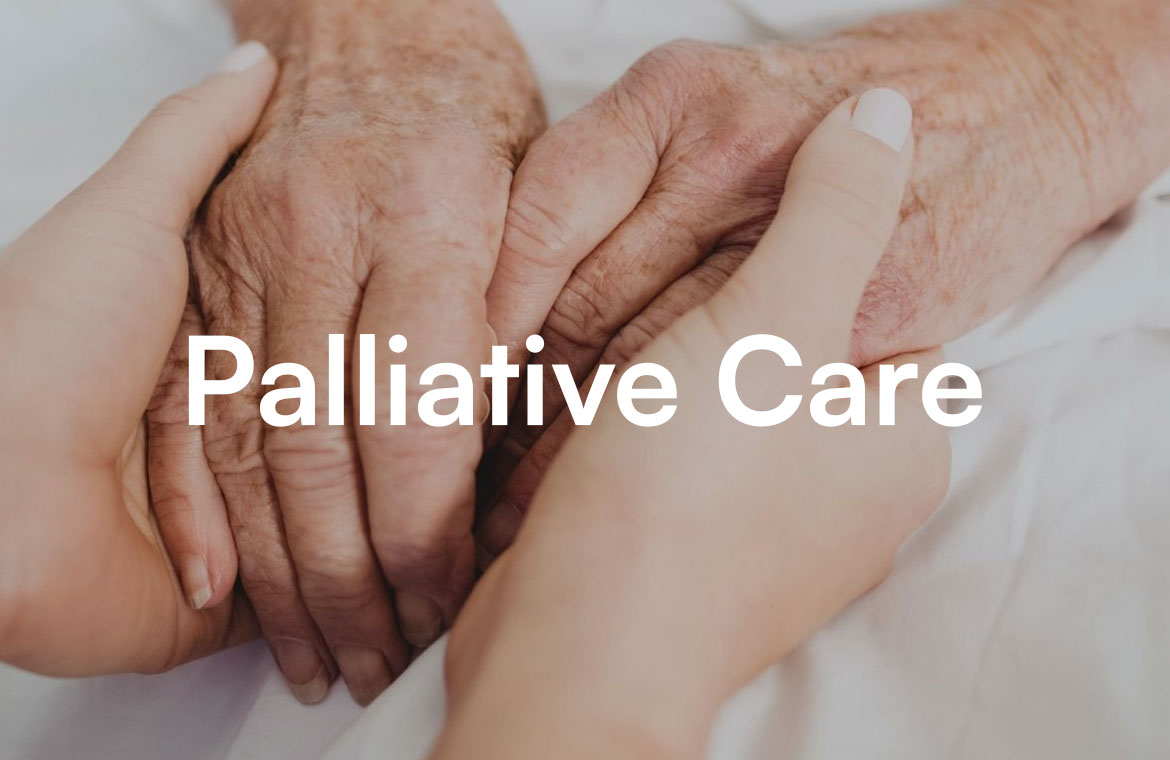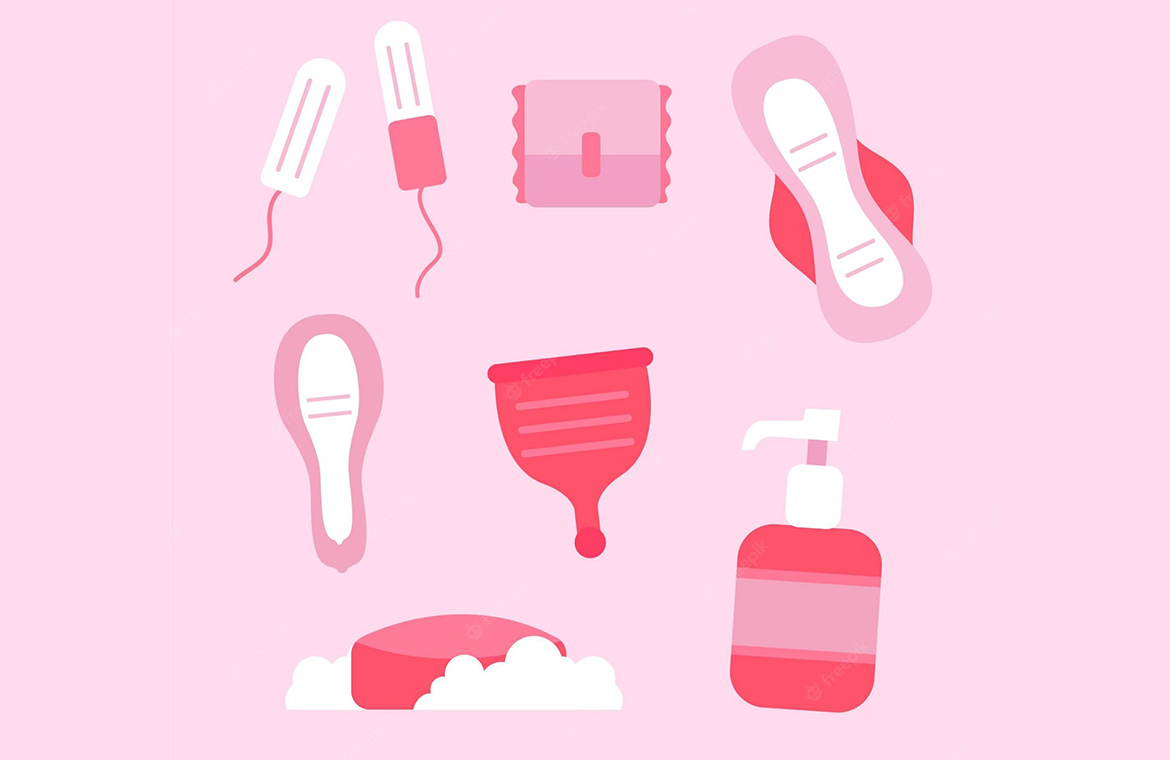Introduction
International Women’s Day presents an annual opportunity to celebrate women’s achievements while critically examining the persistent barriers to gender equality. While significant progress has been made over decades of advocacy and policy reform, the reality remains that true gender equality continues to elude societies worldwide. This year’s theme, “Accelerate Action for Gender Equality” calls us to move beyond ceremonial acknowledgments toward concrete actions that create measurable change in women’s lives across all sectors.
The Current Landscape: Progress and Persistent Gaps
Despite notable advancements, the World Economic Forum’s Global Gender Gap Report 2023 estimates that at the current pace, it will take approximately 131 years to achieve full gender parity globally. This sobering timeline underscores the urgency for accelerated action. The COVID-19 pandemic further exposed and exacerbated existing gender inequalities, with women disproportionately affected by job losses, increased unpaid care responsibilities, and heightened domestic violence rates.
In the healthcare sector specifically, women comprise roughly 70% of the global health workforce yet occupy only 25% of senior roles. This leadership gap persists despite evidence that gender-diverse leadership teams deliver better health outcomes and more responsive health systems.
Key Areas Requiring Accelerated Action
1. Economic Empowerment and Workplace Equity
Women globally earn approximately 77 cents for every dollar earned by men, according to ILO data. This gap widens further for women facing multiple forms of discrimination. Beyond wage disparities, women continue to face barriers to advancement, with only 8.8% of Fortune 500 companies led by female CEOs as of 2023.
Economic empowerment requires multifaceted approaches including:
- Transparent pay policies and reporting requirements
- Family-friendly workplace policies including parental leave and flexible scheduling
- Targeted mentorship and leadership development programs
- Gender-responsive public procurement practices
2. Health Equity and Access
- Gender biases permeate healthcare systems worldwide, affecting research priorities, clinical trials, diagnosis, and treatment. Women’s health concerns are often under-researched, misunderstood, or dismissed. Accelerating action in health requires:
- Increasing representation of women in medical research
- Gender-sensitive training for healthcare providers
- Strengthening sexual and reproductive health services
- Addressing mental health needs with gender-responsive approaches
3. Gender-Based Violence Prevention
- One in three women worldwide experiences physical or sexual violence in their lifetime. The pandemic saw alarming increases in domestic violence cases globally, termed the “shadow pandemic” by UN Women. Accelerating action requires:
- Strengthened legal frameworks and implementation mechanisms
- Expanded support services for survivors
- Prevention programs targeting root causes including harmful gender norms
- Male engagement and allyship initiatives
From Commitment to Action: Practical Strategies
- Accelerating gender equality requires moving beyond aspirational statements to measurable actions. Public health institutions, including IAPSM members, can lead through:
- Evidence Generation: Collect, analyse and disseminate gender-disaggregated data to identify gaps and inform targeted interventions.
- Policy Advocacy: Leverage professional expertise to advocate for gender-responsive health policies and gender mainstreaming across sectors.
- Institutional Transformation: Examine organizational cultures, policies, and leadership structures to eliminate biases and create truly inclusive environments.
- Partnership Building: Foster cross-sectoral collaborations recognizing that gender equality requires coordinated efforts across health, education, economic, and legal systems.
Conclusion
- This International Women’s Day, let us commit to moving beyond symbolic gestures to concrete actions that accelerate progress toward gender equality.
- As public health professionals, we have both the responsibility and opportunity to lead this transformation. By addressing structural barriers, challenging discriminatory norms, and creating enabling environments, we can contribute to building societies where all individuals, regardless of gender, can achieve their full potential.
- The path to gender equality is neither simple nor linear, but with sustained commitment and accelerated action, we can significantly narrow the 131-year timeline currently projected. The time for incremental change has passed—acceleration is now imperative.
References
- World Economic Forum. (2023). Global Gender Gap Report 2023. Retrieved from https://www.weforum.org/reports/global-gender-gap-report-2023/
- World Health Organization. (2023). Delivered by Women, Led by Men: A Gender and Equity Analysis of the Global Health and Social Workforce. Human Resources for Health Observer Series No. 24.
- International Labour Organization. (2023). Global Wage Report 2022/23: The Impact of Inflation and COVID-19 on Wages and Purchasing Power. Geneva: ILO.
- UN Women. (2023). Facts and Figures: Ending Violence Against Women. Retrieved from https://www.unwomen.org/en/what-we-do/ending-violence-against-women/facts-and-figures
- McKinsey & Company. (2023). Women in the Workplace 2023. Retrieved from https://www.mckinsey.com/featured-insights/diversity-and-inclusion/women-in-the-workplace




